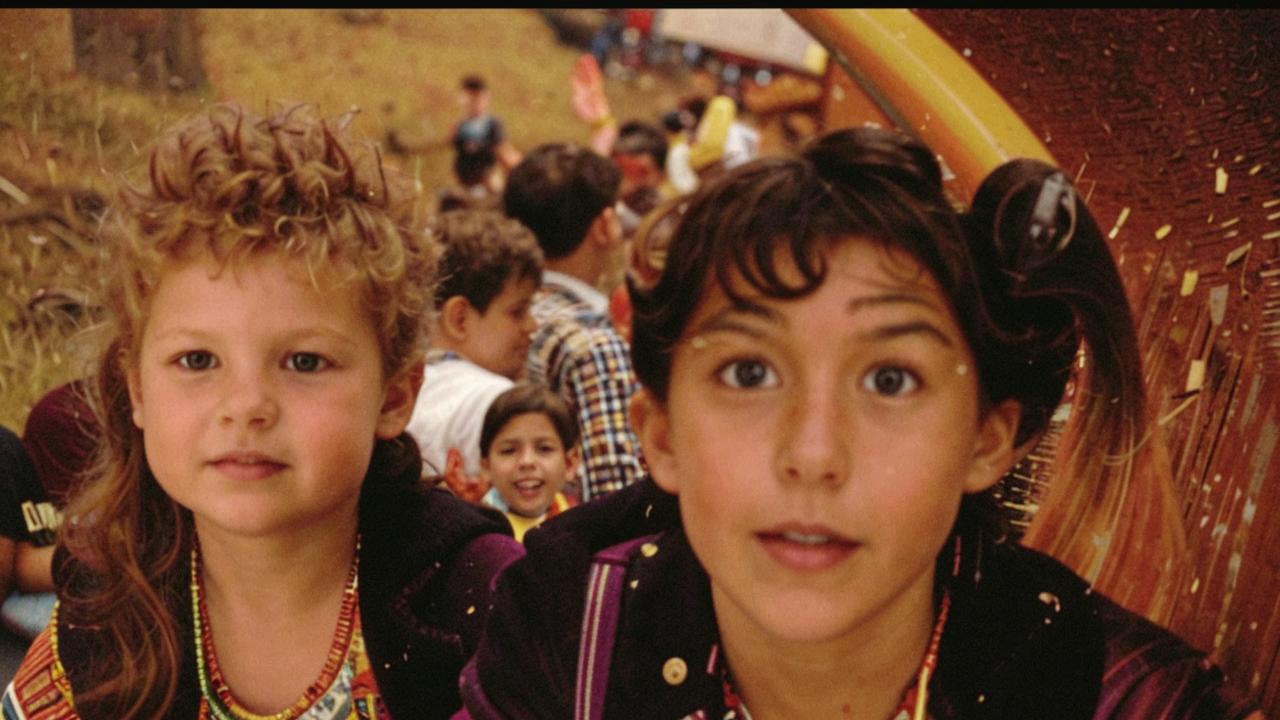The middle class is a socio-economic group that occupies an intermediate position in society. Usually the main characteristics include income level, education, and occupation. However, the definition can vary greatly from country to country and culture to culture, depending on economic development, social structure and historical context.

Russian Field sociologist
“In sociology, it is still common to define belonging to the middle class not only by income level, but also by other indicators. In particular, representatives tend to have higher education and relevant employment, but are not owners of large or medium-sized businesses. Sometimes the condition of a managerial position at work is added to this. That is, you must have at least a few people in your subordination”.
Some researchers also point to the importance of the level of consumption, including cultural consumption – from the presence of two or more cars in the family to regular visits to theaters and galleries. Since there are many definitions of the middle class, estimates of its size in Russia differ.
What the middle class looks like, according to the World Bank
Some definitions of the middle class are based on foreign standards of living standards. However, they are not always applicable to our country. For example, the World Bank considers the main criterion in defining the middle class to be the level of income. According to this version, a person should earn one and a half times above the poverty line. But in Russia, because of the low subsistence minimum, this threshold will be just over 20 thousand rubles. It is clear that in fact such an income cannot provide a standard of living that is usually associated with the middle class.
Another criterion of the World Bank is a high level of consumption. Members of the middle class buy foreign cars, foreign goods of high quality, have access to regular travel and receive higher education.

What the middle class looks like, according to the Higher School of Economics
Researchers at the Higher School of Economics define the middle class according to the criteria of well-being, self-identification and socio-professional status.
The first includes not only income, but also the availability of savings, area and housing improvement. Residents of rural areas were also assessed by specific assets: land plot and income from the sale of agricultural products.
Thus, to get into the middle class, a representative must have an average per capita family income of not less than 1.25 median for the region. In 2022, the budget for one person was approximately 29 thousand rubles. For a family of three – 90 per month.
It is also required to have a higher education, to be a manager or a specialist at work. According to calculations by Svetlana Mareeva, head of the Stratification Research Center at the Institute of Social Policy of the National Research University Higher School of Economics, these conditions were met by 31.7% of Russians in 2022.
On the basis of self-identification, the generalized middle class in 2017 was about 28% of the Russian population. These are families where more than half of the adults rated their situation from 4 to 6 on a nine-point scale.
The middle class, according to Russian Field
According to Russian Field, the median family income as of December 2023 was 70 thousand rubles. If we divide it by the number of family members named by the respondents, we get 25 thousand per person (including children). From the list of respondents we exclude those who spend more than one million rubles per month per person. We multiply the sum by 1.25 and take 31,250 rubles as the lower threshold.
According to the HSE study, the level of education is one of the criteria for entering the middle class. We take this factor into account. We leave only those who have higher or unfinished higher education. Thus, about 48% of Russians belong to the middle class. They meet the criteria of income and education. On a nationwide scale, this is about 28% of the population.
If we rely solely on the income criterion, the middle class includes 39% of the Russian population.

However, it is important to make several points at once. Firstly, not all respondents sincerely report the level of their income. Some may exaggerate or downplay them. Others refuse to answer such a sensitive question at all. Therefore, any survey data of this nature remains incomplete.
Second, such a metric does not take into account a person’s professional status or consumption level. For example, a respondent receives a relatively large salary. Half or more is spent on paying off the mortgage, and the family has to limit themselves in everything. It will be debatable whether such a person can be considered part of the middle class or not.
In general, the concept of the middle class in Russia remains complex and multidimensional. It requires consideration of many factors, including the current socio-economic and political situation in the country.






